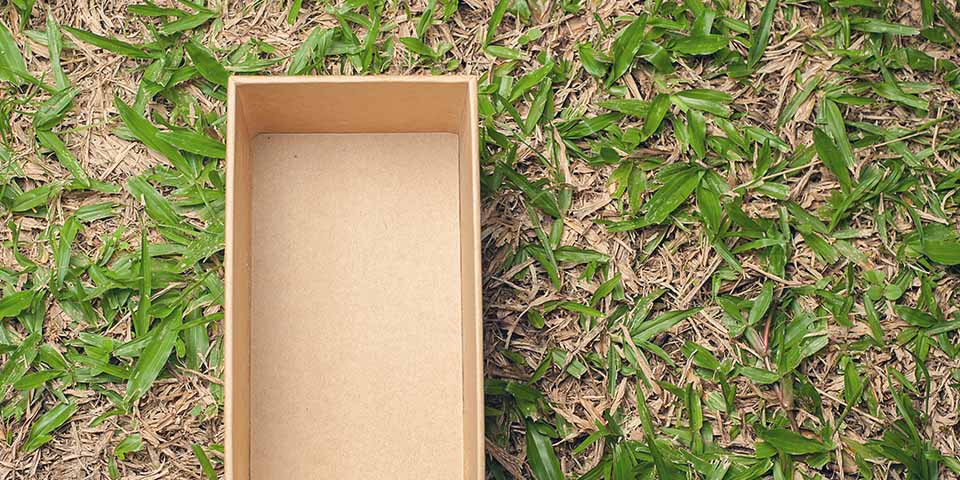These days, sustainable packaging is becoming more commonplace; so much so that you may not even realize you’re interacting with it. Companies like Amazon and Kellog’s have initiatives for sustainable packaging options. Your new Kindles come in this type of packaging, as do the cereals millions eat for breakfast each morning. What you may not know, however, is what exactly sustainable packaging design is.
Today we’re taking a look at what exactly makes for environmentally friendly packaging. We’ll tell you what companies are cutting out, how packaging material is changing and why many products are starting to come in more space-efficient boxes and containers.
Eliminating Excess Material Waste
Remember CVS receipts many years ago? They once rolled out like a red carpet and served as a prime example of excess. Fortunately, many companies -- including CVS -- have since become more conscious of the unnecessary waste they produce. It goes beyond shortening receipts: companies that once went overboard on packaging material are starting to get smarter about what truly is and isn’t necessary.
If you’ve ordered a package recently, you may have seen a bit of this approach in action. Fewer materials are used overall. Extras like flyers and brochures are kept to a minimum. You may not have to breach multiple layers of packaging in order to get to your product. This can actually offer a benefit to the customer in the form of an easier unboxing experience. More than that, though, it helps the company be more sustainable by cutting down on waste.
Utilizing Recycled Materials
In most instances, reusing something makes a lot of sense. You don’t throw a pair of jeans away after wearing them once, or dispose of a glass after using it for a drink, right? Of course not. You wash those items when you’re done with them and then use them again later. To do otherwise seems a little wasteful.
The same idea applies to sustainable packaging, which is often made using materials that once served some other use. Papers and plastics that would’ve otherwise ended up in a landfill are repurposed into packaging, which -- after a consumer is finished with it -- can be recycled. This ensures that additional waste isn’t introduced into the world.
Improving Packaging Efficiency
Think about all of the products you can find down at your local Best Buy. They didn’t magically materialize there -- they had to be transported, quite often in very large trucks. The larger a particular product’s box is, the less a shipping company can transport at one time. This means more trips down to Best Buy, which in turn creates more carbon emissions.
That’s why sustainable packaging design isn’t just about what comes in the box, or what material is used to create it. It’s also about producing a package that can be efficiently moved from one location to another. It may be ideal for marketing purposes to have a large package on display at a retail location, even if your product doesn’t warrant the size. However, if you trim down your packaging where possible it allows you to palletize your product in a more efficient manner. Thus, you’ll be able to fit more product in a shipping truck and be more environmentally friendly for your efforts. And from a dollars and cents perspective, you’ll likely save money, too.
Victory Packaging is Your Sustainability Partner
At Victory, we hold our own sustainability initiatives near and dear to our hearts, and we love helping our customers meet their own sustainability goals. No matter what path you choose on your way to becoming more environmentally conscious, our skilled engineers and designers are ready to create packaging that guides you toward your ESG targets.
Contact Victory today to learn more about how we’ve made our own operations sustainable, and how we can help your packaging become a little more green.

